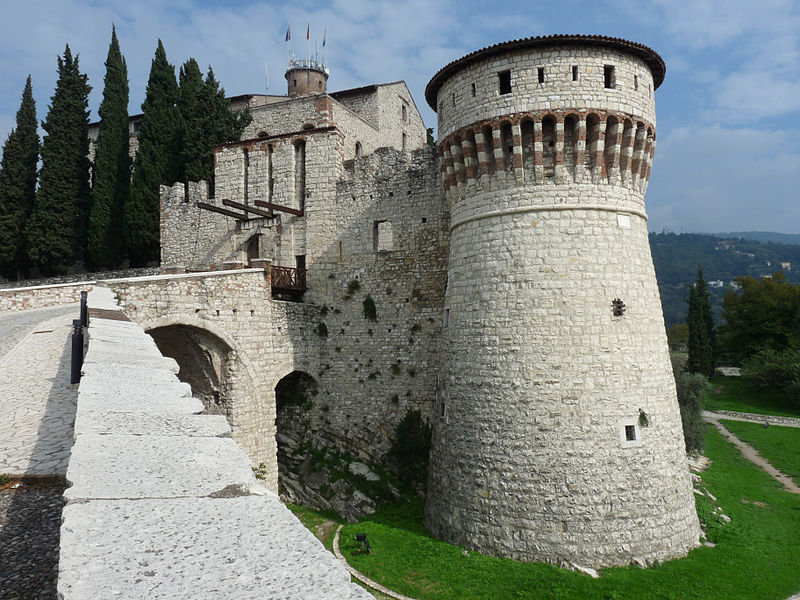The Lombard dialects belong to the Gallo-Italic dialects. Outside of Lombardy, they are also spoken in Switzerland in Canton Ticino and in the Italian-speaking parts of the Canton of Graubünden, in the Piedmontese province of Novara between the Sesia and Ticino rivers, and in the western part of Trentino.
The main groups in which the Lombard dialects can be split are those of Western Lombard (spoken in the provinces of Milan, Novara, Varese, Como, Sondrio and Canton Ticino), Eastern Lombard (spoken in the provinces of Bergamo and Brescia), the peripheral areas (in the provinces of Pavia, Cremona, and Mantua), and Alpine Lombard (in Valtellina).


